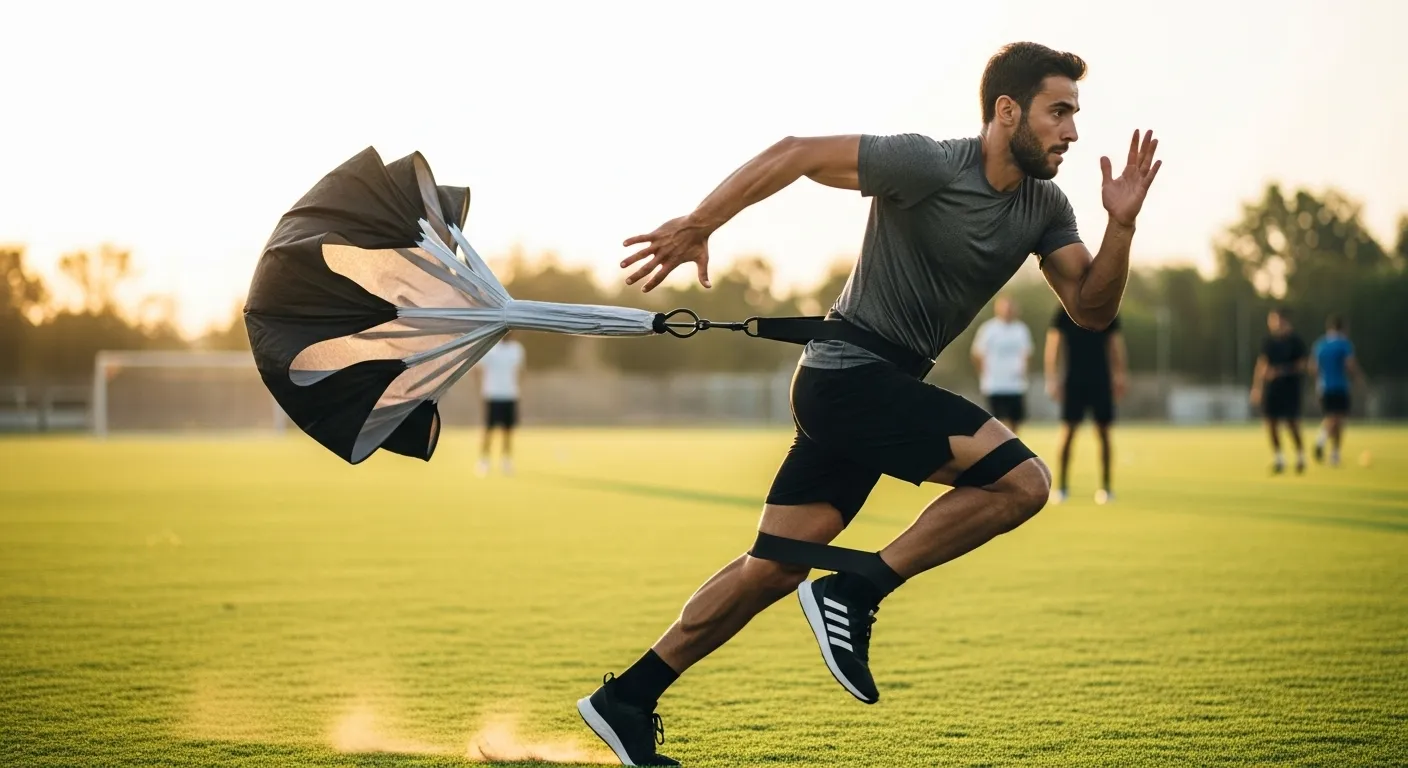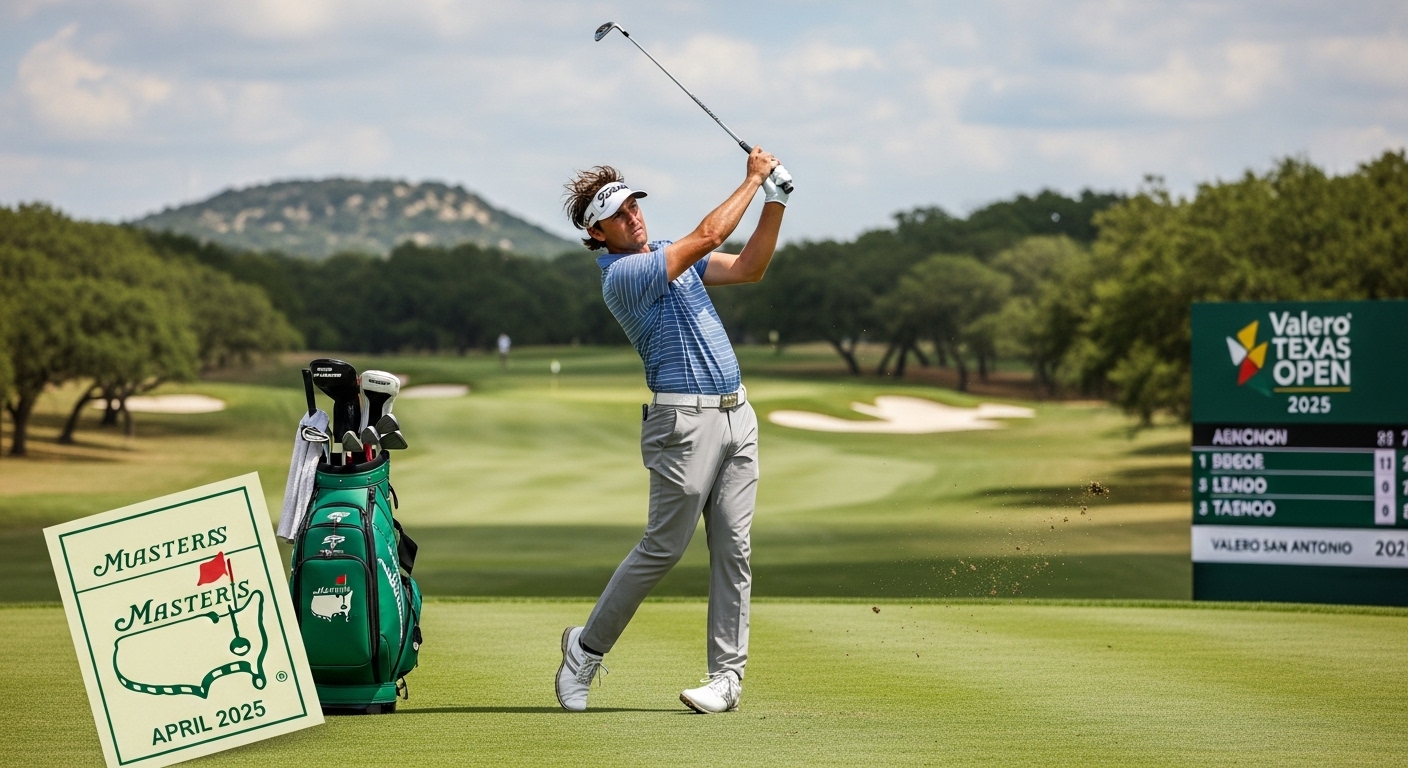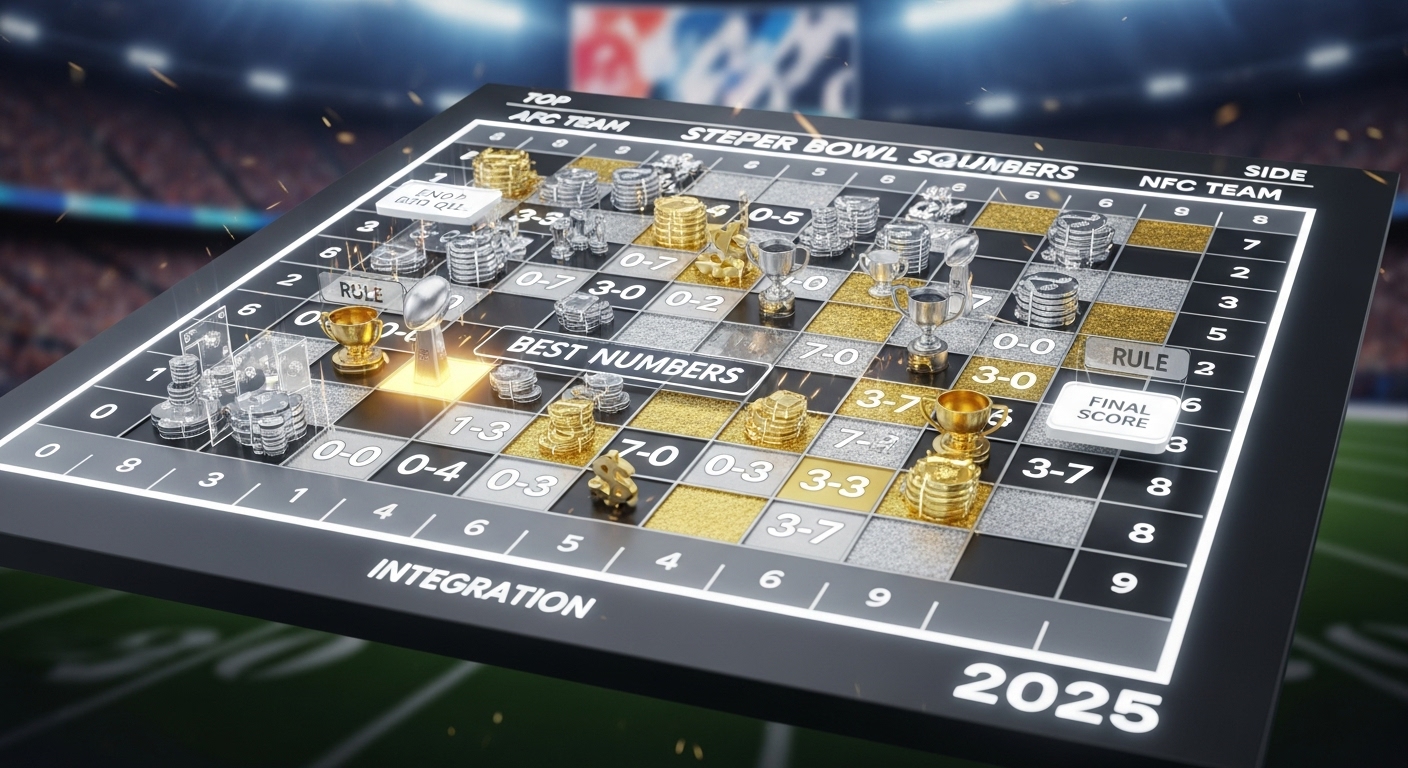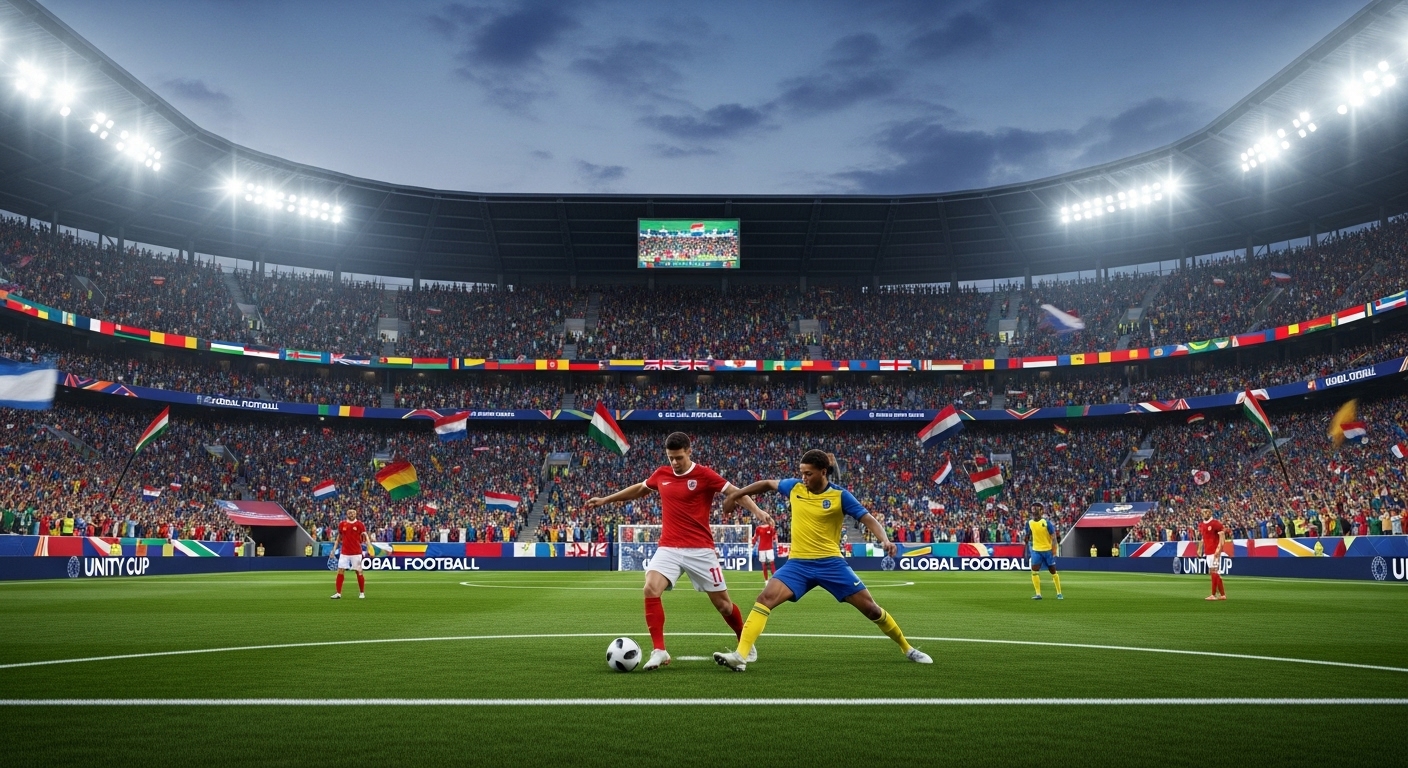Here’s the thing about football training: everybody thinks they know what it is, but it really depends on who you ask. A coach? He’ll talk conditioning until you’re sick of running laps. A gym bro? Heavy squats and bench press—because muscles look like progress. A 13-year-old kid? Probably just wants more time with the ball and less yelling.
Training isn’t one neat formula. It’s messy. Some days it’s sweat dripping into your eyes during sprints, other days it’s twenty minutes of juggling drills in your backyard. Both matter. That’s the weird truth nobody writes in those polished “10 Tips for Training” articles.
Why Training Isn’t Just Endless Running
A lot of players confuse football drills with football conditioning. Not the same thing. Conditioning is lungs, stamina, grinding through the 80th minute without folding. Drills are the details—the way your touch cushions the ball, or how fast you pivot in tight spaces. For improving quick movements and reactions, check out these football speed and agility drills that actually work.
If you train only for endurance, sure, you’ll run forever. But maybe you’ll misplace a five-yard pass. Flip it around—train only drills, no fitness—and you’ll look silky for 20 minutes before your legs stop listening.
So, yeah. Both matter. You can’t hide from either.
Warm-Ups That Aren’t Pointless
Jogging in a circle for 10 minutes? That’s more tradition than science. A proper warm-up has to wake up the muscles you’re actually about to use. Here’s a quick one that works better:
| Warm-Up Exercise | Duration | Why It Helps |
|---|---|---|
| Walking lunges with twist | 3 mins | Opens hips, core activation |
| High knees + arm swings | 2 mins | Coordination, blood flow |
| Ladder quick-steps | 5 mins | Explosive footwork, reflexes |
| 10–15m shuttle runs | 4 mins | Acceleration, game-like bursts |
Do this and you’re ready. Skip it and… enjoy the tight hamstrings.

Skills Training: The Craft Side
Ball work never goes out of style. You can squat twice your bodyweight, doesn’t mean anything if you trap a pass like a brick wall. Football skills training is where players usually win or lose long-term.
(Simple drills matter most. Inside-outside touches. Dribble through cones. Wall passes. Youth football training especially shouldn’t overcomplicate it. Coaches sometimes forget 12-year-olds don’t need tactical lectures—they just need to get comfortable with the ball. Muscle memory beats diagrams.)
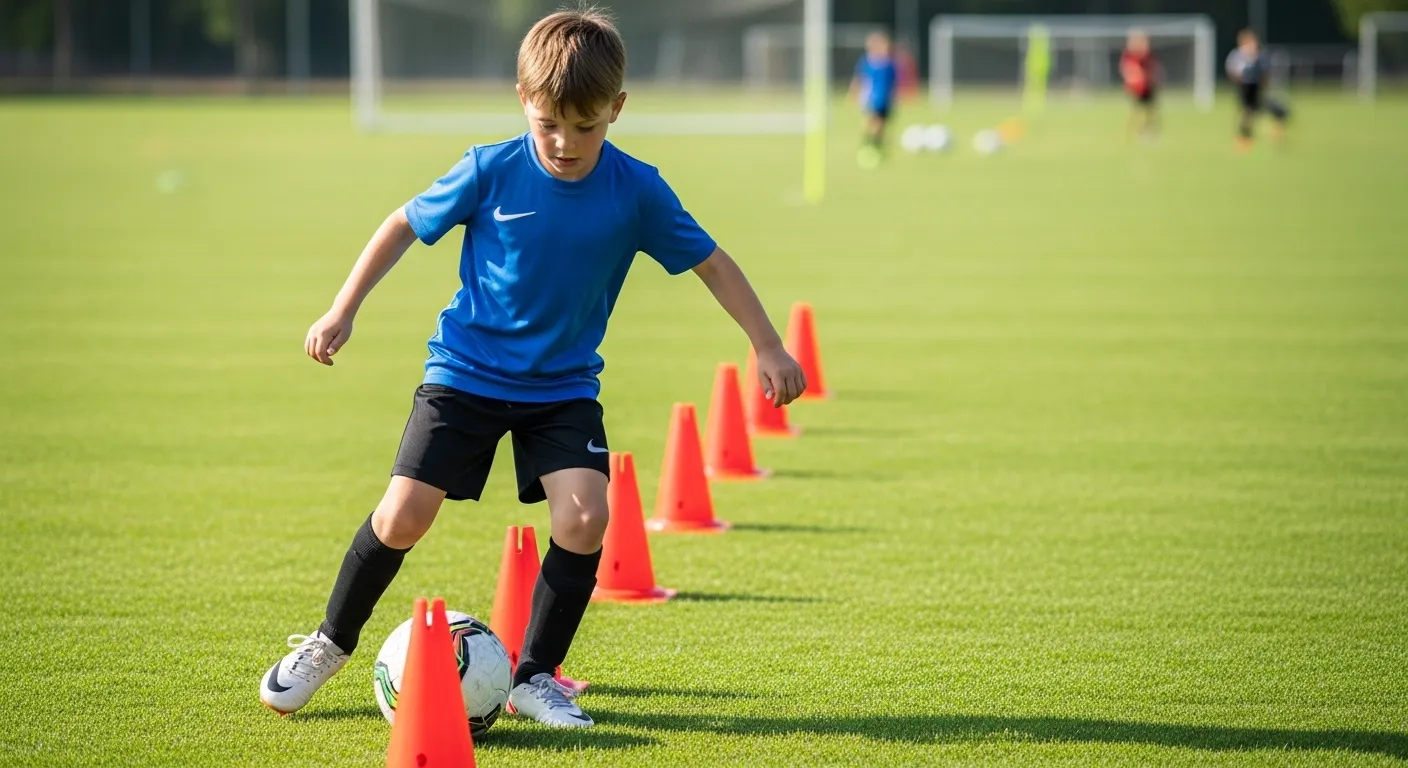
Agility Ladder Drills (Yes, They Work)
People love to clown on agility ladders. “Too flashy.” “Pointless.” Honestly, they’re fine if you don’t treat them like a TikTok trend. They’re about rhythm, quick feet, and balance—not about looking fancy.
A few to try:
- Two feet in, two feet out. Old school, still effective.
- Icky shuffle. Builds coordination.
- Crossover steps. Gets hips involved.
Don’t overthink it. Use it as seasoning, not the whole meal.
Strength Training for Football
This isn’t bodybuilding. You don’t need beach muscles. You need functional strength training that translates. Core that holds up in tackles. Quads that fire off a five-yard sprint. Upper body strong enough to shield the ball.
Here’s a weekly template that actually makes sense:
| Day | Focus Area | Example Workouts |
|---|---|---|
| Monday | Lower body power | Squats, jump squats, sled pushes |
| Wednesday | Upper body + core | Pull-ups, push press, planks |
| Friday | Mixed conditioning | Deadlifts, kettlebell circuits |
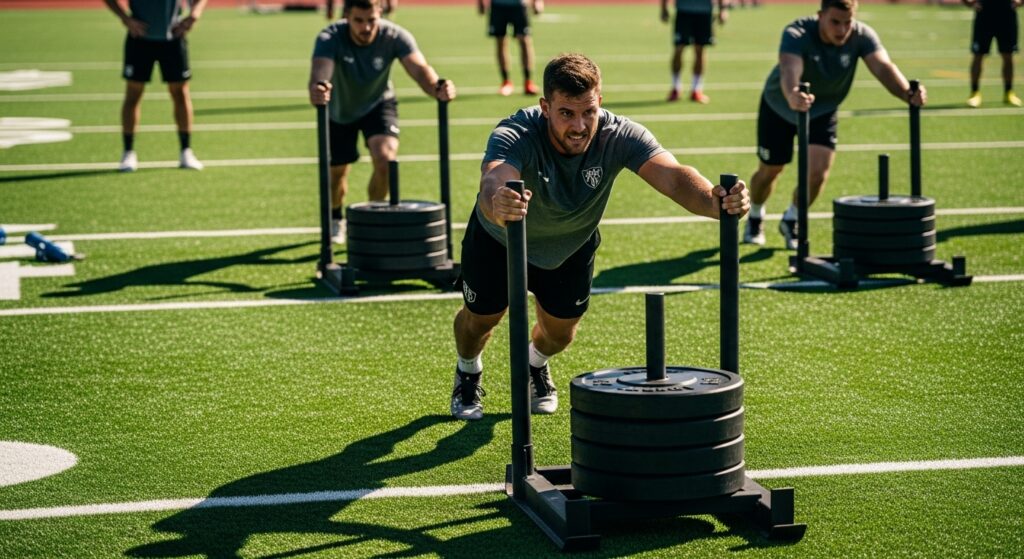
The trick? Stay explosive. You don’t need marathon gym sessions. Forty-five minutes, intense, specific, done.
Speed and Agility: Not Just Sprinting
Everybody says “get faster.” But speed in football isn’t a 100m dash. It’s 5m bursts, changes of direction, recovery sprints after losing the ball.
So instead of running 3km in a straight line, try this:
- 10m sprints × 8, full rest between.
- Zig-zag cone runs.
- Band-resisted accelerations.
That’s football speed. Looks messy but that’s how the game plays.
Position-Specific Training
Not all players need the same workload:
- Defenders: Strong cores, stamina, aerial drills. They get shoved around a lot.
- Midfielders: Conditioning kings. Think endless small-sided games and endurance runs.
- Forwards: Quick finishing, acceleration, tactical timing.
- Goalkeepers: Different planet. Explosiveness, reflex saves, short sprints.
Coaches call it “position-specific football training.” Players just call it survival.
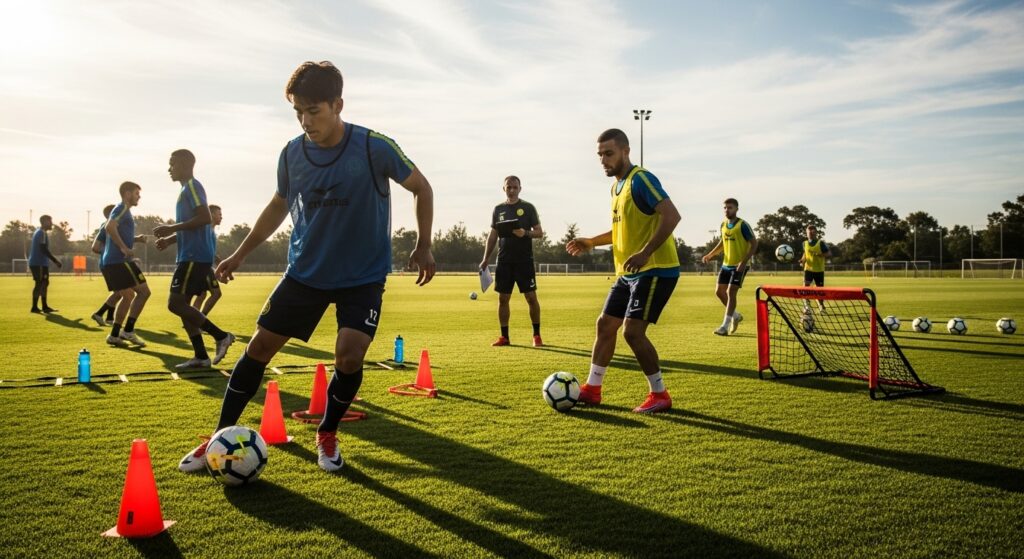
Tactical Training: The Brain Side
Skill and fitness get all the love, but tactics? That’s the quiet backbone. Football tactical training means shaping how teams move. Pressing as a unit. Holding a defensive line. Knowing when not to run.
A lot of amateur players skip this. But once you play in proper systems, you realize—you can’t just freelance the whole match.
Training Equipment: What’s Actually Useful
Ignore the flashy gadgets. Most players worldwide train with the same basics:
- A ball (duh)
- Cones
- Resistance bands
- Agility ladder
- Medicine ball
Football training equipment doesn’t need to drain your wallet. Simplicity works. Ask any Sunday-league player.
Off-Season Work
This part gets neglected. Off-season football training is where players either level up or come back rusty. Focus on football endurance training (runs, circuits), lighter football workout plans, and mobility work. Mixing in proven football training methods may feel boring, yeah. But it pays off once preseason starts.
And Then It Just Keeps Going
Football training isn’t a neat box you check off. It’s a loop. Warm-up, drills, routines, rest, repeat. Some days you feel sharp, other days you’re dragging your legs. That’s fine. The grind isn’t supposed to look perfect.
FAQs
Q1: What’s the best workout for football players?
Mix of conditioning, strength, and agility. No single workout covers it all.
Q2: How do beginners start football training?
Keep it basic—warm-ups, light drills, short sprints. Build up slowly.
Q3: How important is endurance for football?
Very. Without endurance, your skill fades halfway through a match.
Q4: What equipment should I get first?
Cones and a ball. Add bands or ladders later. Start cheap.
Q5: How many times a week should players train?
3–5 sessions, depending on fitness level and match schedule.

I’m Oliver Scott, and I live to bring every sports moment to life. Get breaking multi-sport news, in-depth match highlights, fantasy tips, athlete spotlights, and the latest trends right here.

